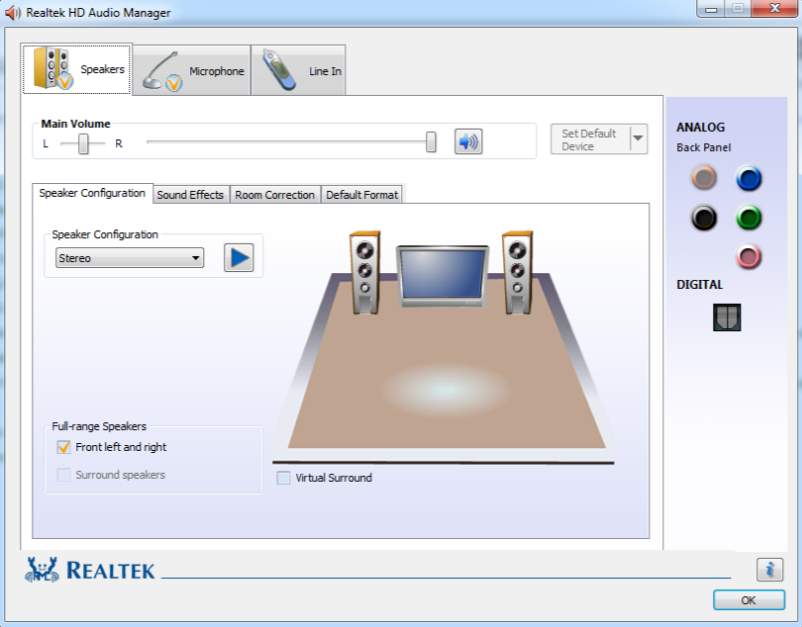The quality of recent Realtek sound controller and audio drivers has taken a nosedive in recent years, and the automatically installed drivers on Windows 10 have introduced a significant delay in the time it takes for sound to come out of the speakers after it is initiated by the PC. This lag, once noticed, becomes incredibly annoying and can be a constant source of stress and irritation. This problem has been especially noticeable by users of Deal XPS 13 and 15 models as well as users of the Dell Precision 5520 and Dell Precision 3520 models, which are especially susceptible to this problem. The problem is especially noticeable when the sound card hasn’t been “warmed up” and a sound (such as that triggered by an alert) is played after some silence, in which case it can take almost a full second for the sound to be played.
Audio quit working on my brand new Envy x360, apparently due to a routine Windows 10 Update that was incompatible with the Realtek driver. Downloaded the recommended softpak and followed the instructions to uninstall the old audio driver and install the newer version. Sound is back on. Thanks for the fix, Banhien. Purpose This download provides the Realtek. High Definition Audio Driver for the 3.5mm audio jack on the Intel® NUC Kits NUC8i7HxKx. This audio driver is required if you plan to connect a microphone or headset to the audio jack or want to use the TOSLINK connection on the back of the Intel NUC. Line In (Realtek High Definition Audio) - Driver Download. Vendor. Windows 10 64-Bit Driver. Total Driver Versions: 7. Recommended Driver. Before installing the Realtek High Definition Audio Driver, Press the Cancel button if Windows detect the Multimedia Audio device. Run the setup.exe program to start the installation. This package provides the driver for the Realtek High-Definition (HD) Audio in supported notebook models that are running a supported operating system. Changes: - Provides the updated driver. Provides enhanced security. If it has been installed, updating (overwrite-installing) may fix.
Fortunately there is good news: Microsoft has “generic” audio drivers for all high-definition audio devices – including Realtek’s – that work significantly better. There’s no downside to this, except that you will have to manually install them now and after any Windows update that reinstalls the default Realtek audio drivers. The instructions below will walk you through the process.
Installing the Microsoft High-Definition Audio Device Drivers
Download Realtek Audio Driver For Windows 10

Realtek High Definition Audio Driver For Windows 10 Hp Pavilion
- Launch the device manager by searching for “Device Manager” in the start menu
- Expand the “Sound, video, and game controllers” node to locate the “Realtek Audio” device, then right-click it and choose “Properties”
- In the resulting dialog, switch to the “Driver” tab then select “Update Driver”
- Choose the “Browse my computer for driver software” option
- Choose “Let me pick from a list of available drivers on my computer”
- Uncheck the “Show compatible hardware” option to force the display to include drivers not written by Realtek (all versions of which are affected by this problem)
- Select “Microsoft” in the first listbox on the left (the list of manufacturers) then select “High-definition audio device” from the resulting list in the listbox on the left (the devices), then click “Next”
- A warning dialog will appear, attempting to dissuade you from selecting a driver not written by Realtek and expressly intended for the sound card in your PC. That is OK, we are using Microsoft’s own drivers and they’re guaranteed to work, so press “Yes” to continue
- Windows will begin updating the driver and installing the one you selected. Depending on the speed of your PC, this may take a minute or two, but it should complete on its own without any intervention, and then you’ll see an “Audio Drivers Installed” dialog confirming the update has completed
- At this point, close the driver dialog and the device manager, and then restart your PC to complete the process
- Restart your PC to complete the process. You may or may not see a prompt asking you to do so, but you should restart in all cases
